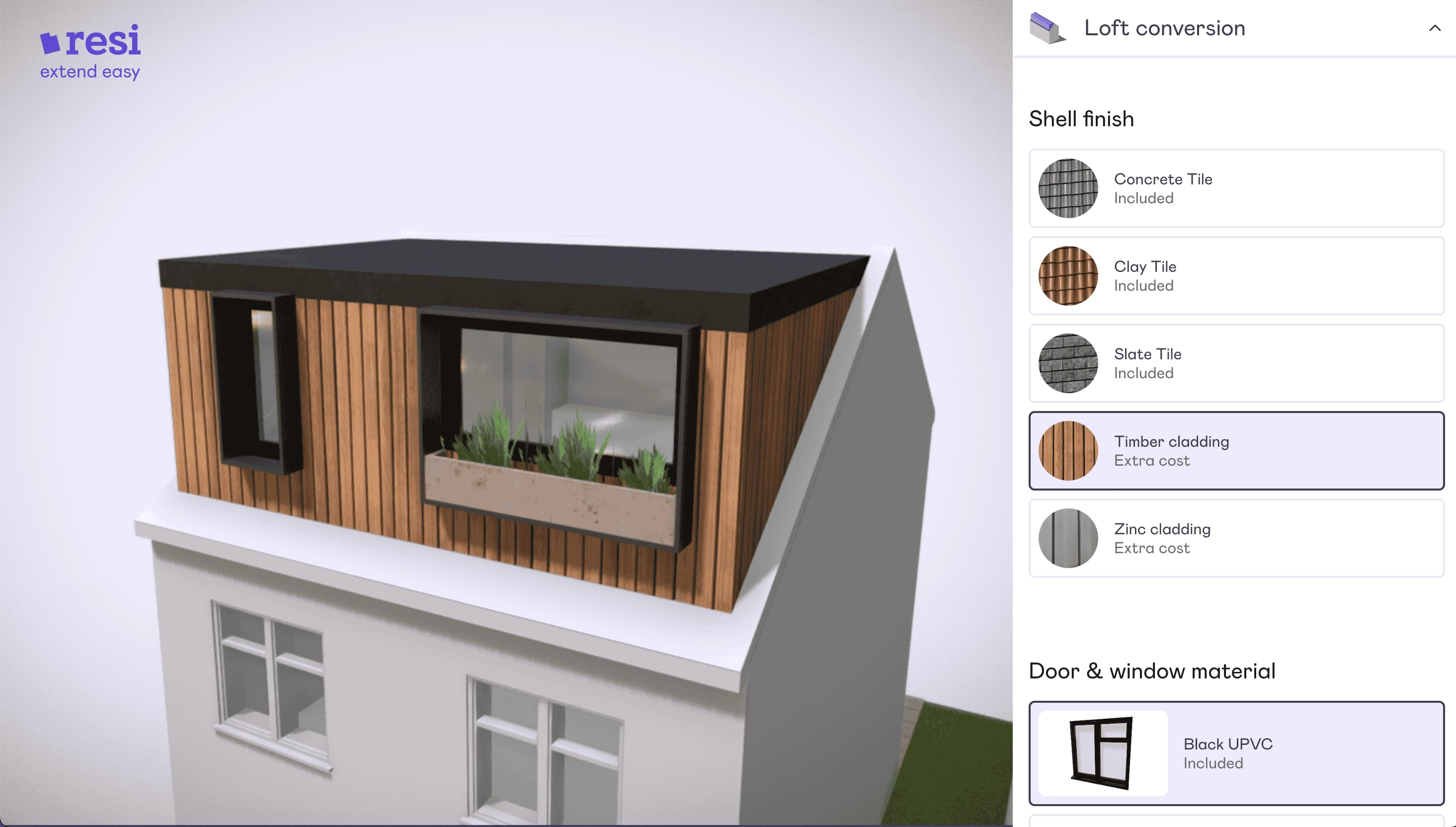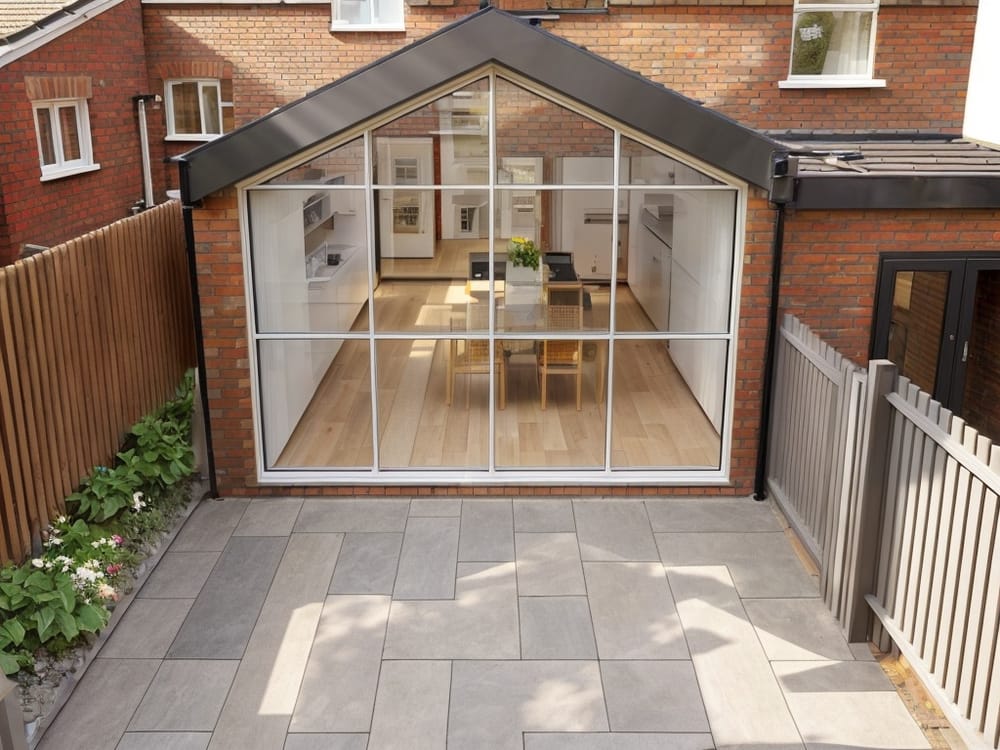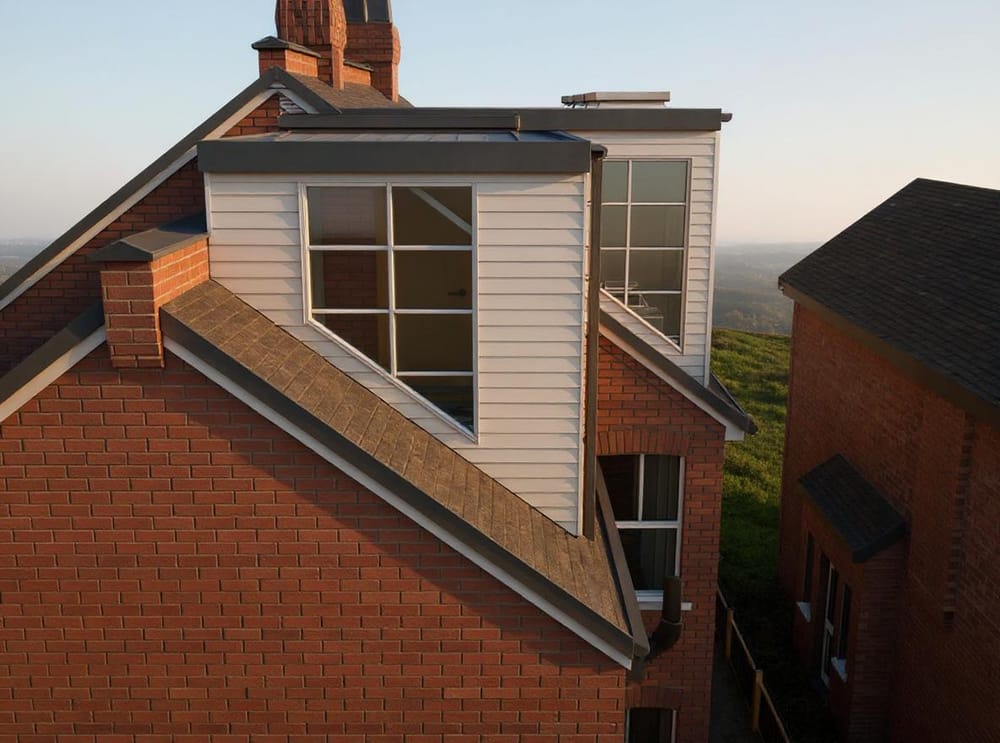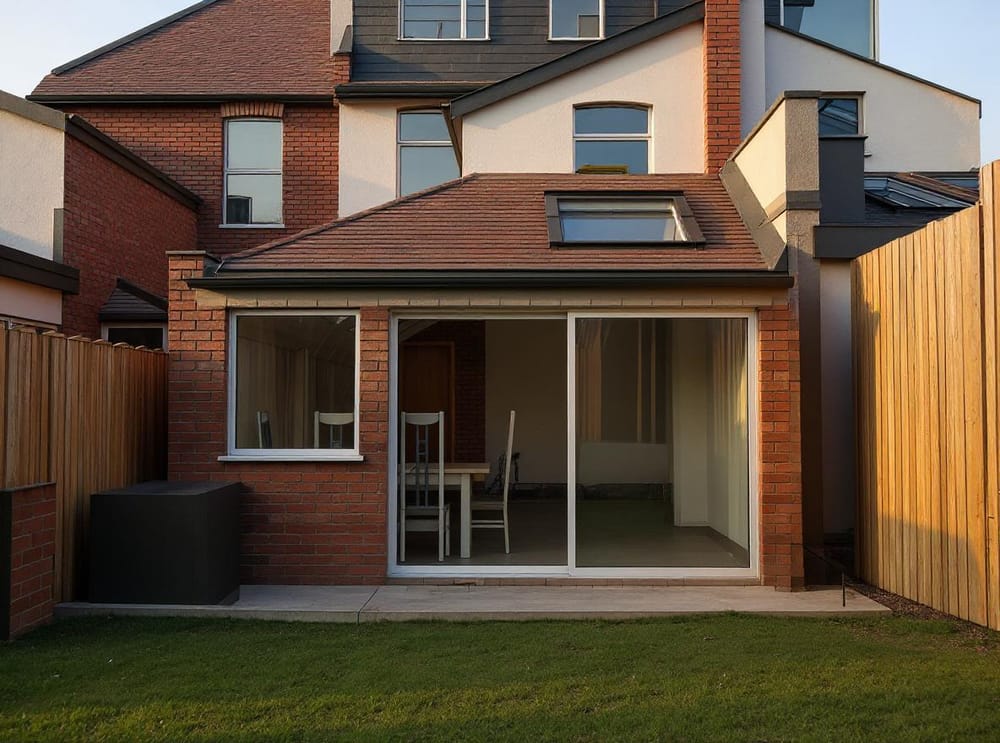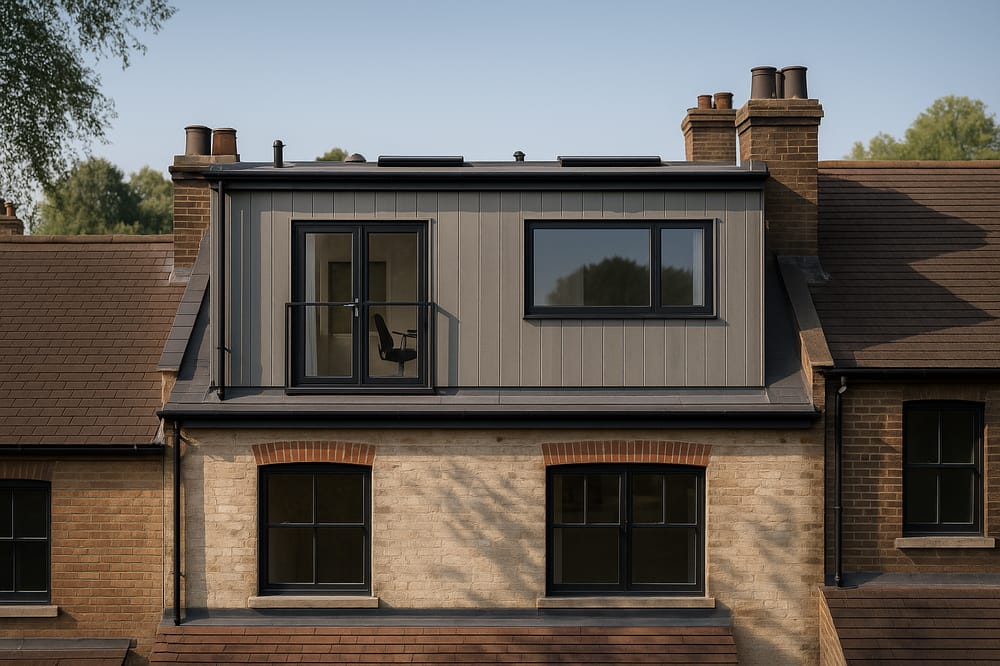It’s easy to forget about your loft, especially if it’s inaccessible or only used as a place to shove the Christmas decorations. However, with energy prices climbing year on year, many Britons are starting to pay attention to their draughty roof spaces and are deciding to do loft conversion installation. After all, heat rises so unless you want your heating bill soaring up into the rafters, it’s time to think about the insulation of your loft conversion...
At a Glance
- Loft conversion insulation reduces heat loss by up to 25%.
- The recommended insulation depth for loft conversions is 270mm.
- Loft conversion insulation helps lower heating bills and improve energy efficiency.
- DIY loft conversion insulation is feasible for cold lofts, but warm lofts do require professional help.
- Insulation enhances your home’s eco-friendliness and property value.
In this guide, we’ll walk you through:
- The importance of loft conversion insulation.
- The best materials for your loft conversion.
- The costs associated with loft conversion insulation.
- DIY versus professional installation.
- How to properly insulate your loft.
Why you need to insulate your loft
The main reason most homeowners insulate their lofts is to stop heat loss. In uninsulated homes, a quarter of lost heat disappears through the roof. So by securing your loft, you’ll not only stay toastier in the winter, you’ll also save money in the long run when those monthly bills start to shrink.
It’s also worth mentioning that many current and prospective homeowners are becoming eco-conscious. They want their homes to be energy efficient, and any prospective buyer could be put off by a home lacking proper insulation.
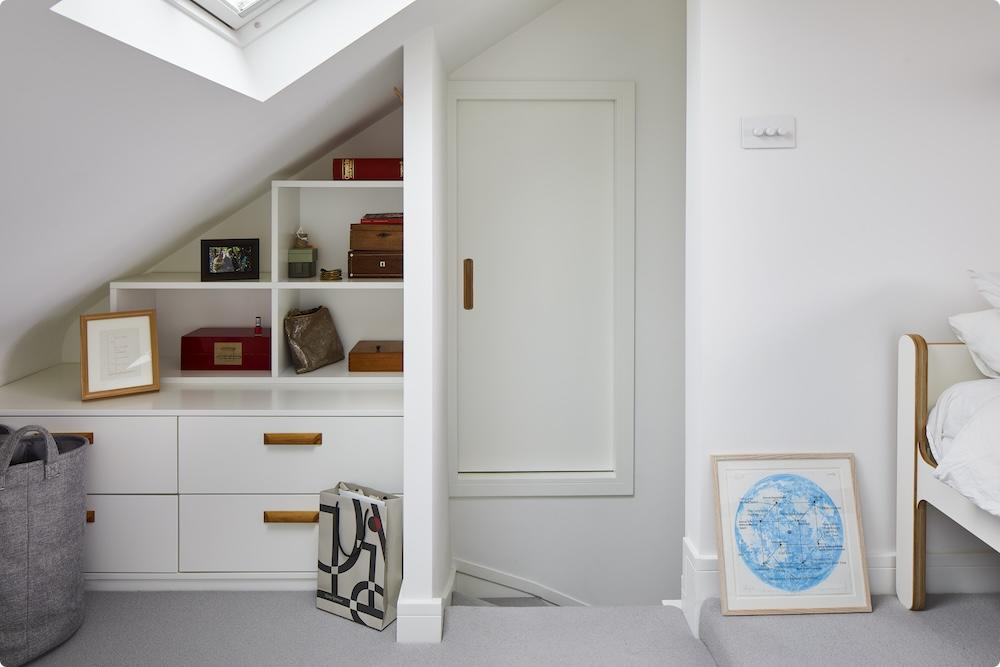
What materials to use for loft conversion insulation
When it comes to picking your materials, the most important thing to consider is its thermal performance. In insulation materials, this is described as its thermal conductivity, and is measured through its ‘K’ value. The lower the K value, the more heat the product will hold.
At minimum, we recommend using materials with at least a value of 0.16 W/m²K.
Such as...
Wood-wool, this hybrid is made almost entirely from waste wood products. Unlike a lot of insulation, it’s very stiff, so can be a good option if your project requires sturdier stuff. K value around 0.038 W/mK.
Recycled newspaper, such as Warmcel. This isn’t actually bits of paper, but actually their fibres. It’s very cost effective, so often used for large loft spaces. However, it does have a shorter lifespan than other options. K value around 0.035 W/mK.
Hemp quilts, these tend to combine both hemp and recycled cotton but can vary. It’s a great eco option, as the plant grows quickly, and it also helps reduce carbon dioxide in your home - nice! K value around 0.039 W/mK.
Sheeps wool, which is basically what it says on the tin, and comes from the unwanted fleeces in the wool industry. K value around 0.038 W/mK.
Now you may have noticed that most of these don’t meet our suggested minimum K value. That’s because these materials, like most you’ll use, need to be layered in order to get the ideal results.
DIY or a professional?
The first thing to consider when insulating your loft conversion is whether or not you can do it yourself, or if you’re going to need professional help.
There are few factors that can help you make this decision:
- For instance, how accessible is your loft? If you can comfortably access the space and move around it in, then DIY is on the table. However, if this isn’t the case, you’ll likely need a professional to get involved and use techniques like using specialist equipment to blow granules of insulation into the small spaces.
- The other consideration you’re going to have to make is whether you’re going for a cold loft or a warm loft. A cold loft is where you lay the insulation on the bottom of your loft, allowing your house to stay warm, but your loft space itself to be either cold in winter, or hot in summer. A warm loft, however, involves insulating under the roof itself, so even the loft is protected from heat loss. This is an ideal solution if you have a loft conversion, or temperature sensitive items in storage.
Traditionally speaking, a cold loft is a relatively straightforward task, and can be done by any DIY enthusiast. Warm lofts, however, are a much more complicated job and it’s recommended in these cases you should get a professional on board.
Other factors that may require a professional:
- If you have a flat roof.
- If your joists aren’t evenly-spaced apart.
- If you have a period property.
- If your home suffers from damp - more on this later.
 © Veronica Rodriguez
© Veronica Rodriguez
How to insulate your loft
If you’ve assessed your loft and know DIY is the option for you, you’ll likely follow these steps…
- First, remove any items you might have stored in your loft.
- You’ll want to insulate, or lag, any pipes and water tanks in the space. That’s because creating a cold loft will put them more at risk of freezing in the colder months.
- Check to see if there are any electricals present. If there are, you’ll need to consult an electrician on the best materials to use and if any special treatment is needed.
- Measure your loft and buy the appropriate amount of material, remember for the best results you’ll need to layer this and create at least 270 mm of depth.
- Material in hand, unroll your insulation between your joists. Make sure to use scissors to cut this to size, as tearing will stretch the material and weaken it.
- With the first layer in place, keep adding until you’ve reached the recommended depth above.
Beware of damp and condensation
If damp is already present in your loft, you’ll need to get a professional involved to help with your insulation.
That’s because, if you’re creating a cold loft, the reduced temperature will escalate this problem. Leading to issues such as rot and the compromise of your roof structure. In order to avoid this, you’ll need to create or increase the ventilation of the space, and this will require Building Control Approval.
A professional will be best placed to advise on how to achieve ventilation in your home alongside the insulation.
Other things to keep in mind…
If going down the DIY route, make sure you wear protective clothing. Some insulation material can irritate your eyes, skin, and respiratory tract, especially if your loft isn’t the cleanest too.
When navigating your roof space, try to keep your weight on the joists, rather than the ceiling as you could end up falling through.
You want to keep your insulation loose around the eaves, to allow ventilation paths around the edges of your roof to help it stay aired and your timbers dry.
Keep an eye out for wildlife. If you have bats or birds nesting in your roof, you’ll need to double check to see if they’re a protected species. If so, you’ll need professional advice on how to carry out the work. Disturbing the homes of protected species is against the law.
If you need professional help to insulate your loft, try visiting the National Insulation Association website for information on NIA members in your area. By being apart of this group, these professionals have to follow a code of practise that keeps you and your home safe.
How Resi can help you
If you're undergoing a loft conversion and looking for professionals in your area, use our Connect service.
Our Connect team can guide you through this process, as well as introduce you to vetted contractors. We vet contractors by assessing them against a range of criteria amongst which are: whether or not they are Trustmark or FMB affiliated, whether they have the relevant insurances in place; an assessment of their past work; meeting minimum financial standards; and finally, references from both previous customers and trade.


 © Veronica Rodriguez
© Veronica Rodriguez